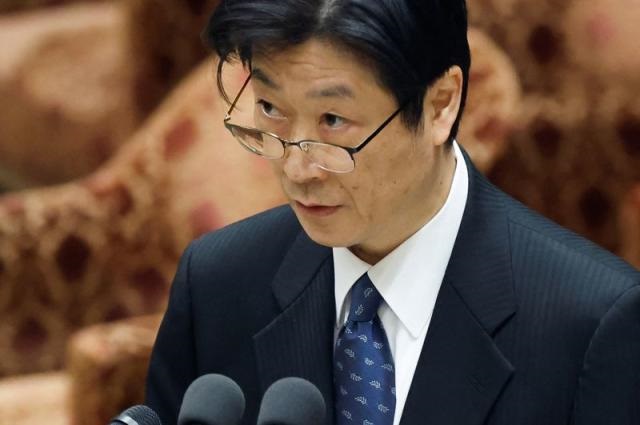
TOKYO: The Bank of Japan will likely modify or end its bond yield control policy due to increasing side-effects such as the hit to financial institutions’ profits, former deputy governor Hiroshi Nakaso told a newspaper interview published on Sunday (Apr 9).
The massive stimulus deployed by Haruhiko Kuroda, whose term as governor ended on Saturday, helped end deflation but failed to sustainably achieve the central bank’s 2 per cent price goal because inflation expectations remained low, Nakaso was quoted as saying in an interview with the Nikkei newspaper.
As a result, the BOJ had to sustain ultra-loose policy for a prolonged period despite rising costs such as the pain on banks and dysfunction caused in the bond market, he said.
“The increasing side-effects are a sign the policy effect (of YCC) is working its way through the economy,” Nakaso said. “When the appropriate timing comes, the BOJ’s new leadership will likely modify or abolish YCC,” or yield curve control.
The next challenge will be to end negative interest rates and start a full-fledged policy normalisation, Nakaso said.
There need to be clear signs Japan’s output gap is improving and wages would rise sustainably for the BOJ to abandon negative rates, he said.
“The BOJ will make the appropriate decision when it confirms that the momentum for hitting 2 per cent inflation can be sustained,” he said on the expected timing of an end to negative rates.
Under YCC, the BOJ guides short-term interest rates at -0.1 per cent and caps the 10-year bond yield around zero as part of efforts to sustainably hit 2 per cent inflation.
Markets are rife with speculation that the BOJ will tweak or end YCC under Kazuo Ueda, who became its governor on Sunday, as inflation exceeds 2 per cent and the central bank’s huge bond buying draws criticism for distorting market pricing.
Nakaso, who had been considered among candidates to succeed Kuroda, served as deputy BOJ governor for five years until 2018.

